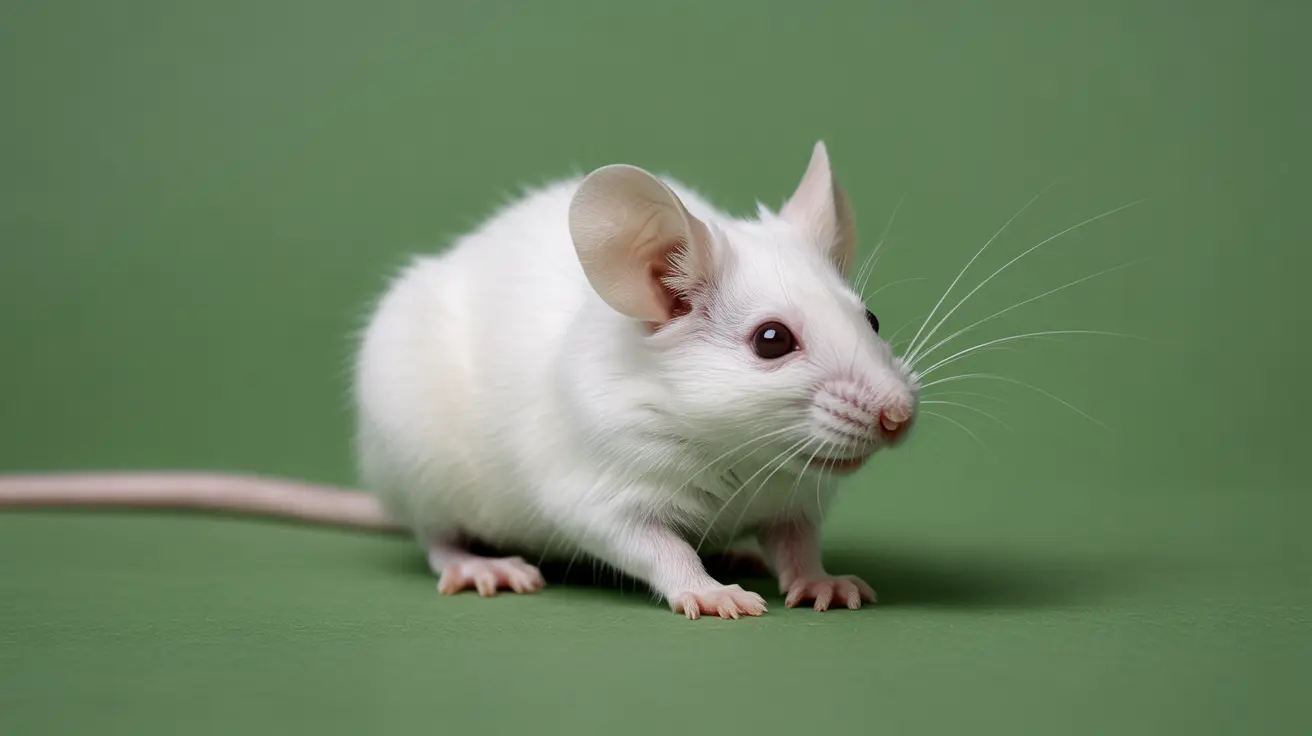Understanding What a High Tail Position Means in Dogs
A dog’s tail is more than just an appendage—it’s a critical communication tool that conveys a wide range of emotional and social signals. While many people associate wagging with happiness, tail position and movement tell a much more nuanced story. Among these signals, a high tail position is one of the most distinctive and can convey different meanings depending on the context.What Does a High Tail Indicate?
When a dog holds its tail high or arches it over its back, it generally reflects increased levels of assertiveness, confidence, or alertness. This posture may signal:- Dominance – A dog asserting its rank or confidence in social interactions.
- Excitement – Often seen when a dog is highly stimulated by a new environment, person, or animal.
- Agitation or potential aggression – Especially if the high tail is paired with a stiff body, raised hackles, or flattened ears.
Context Matters
It’s important to observe the high tail position alongside the dog’s full body language:- Relaxed high tail with slight wag – Confidence and friendliness.
- High stiff tail with tense body – Possible warning sign of aggression or dominance assertion.
- High tail rising slowly during interaction – Building arousal or alertness.
Breed-Specific Tail Carriage
Some dog breeds naturally carry their tails high, making tail position less indicative of mood in these cases. For example:- Huskies and Akitas typically have a curled or sickle tail that rests high over their back.
- Pugs and Shiba Inus also naturally have elevated tail postures.
Tail Position and Emotional Signals
To better understand tail language, consider these general guidelines:- High Tail – Confidence, dominance, or arousal.
- Horizontal Tail – Neutrality, curiosity, or attentiveness.
- Low Tail – Submission, relaxation, or insecurity.
- Tucked Tail – Fear, anxiety, or appeasement.
Tail Movement Adds Meaning
Tail position works in tandem with wagging speed and direction:- Fast, high wag – High arousal; could mean excitement or agitation.
- Broad, low wag – Friendliness and comfort.
- Slow, hesitant wag – Uncertainty or conflict.
- Wags more to the right may indicate positive feelings.
- Wags more to the left can denote anxiety or hesitation.
Reading the Whole Dog
Relying solely on tail position can lead to misinterpretation. Look at the combined cues from:- Ears – Forward shows interest; back can signal fear.
- Mouth – Relaxed and open shows comfort; tight lips may mean stress.
- Eyes – Soft eyes reveal calm; staring or hard eyes indicate intensity.
- Hackles – Raised hackles mean arousal or preparing for a challenge.
Special Notes for Tail Observations
- Docked/Bobbed Tails – Look for other body cues since tail position info is limited.
- Injury or Illness – Unusually stiff or immobile tails may indicate pain. Consult a vet if abnormalities persist.
Improving Your Understanding
To better understand and respond to your dog, observe not just tail carriage but the entire package of body signals. Consider:
- Your dog’s usual baseline tail posture.
- Environmental factors or emotional triggers influencing posture.
- Recent interactions, health, and known sensitivities.
By recognizing that tail signals exist on a behavioral spectrum, owners can more effectively interpret their dog’s needs and emotional states, enhancing trust and reducing behavioral misunderstandings.
In summary, a high tail position is a statement of confidence or alertness but must always be read within the greater context of the dog’s temperament, breed, and surrounding cues.





